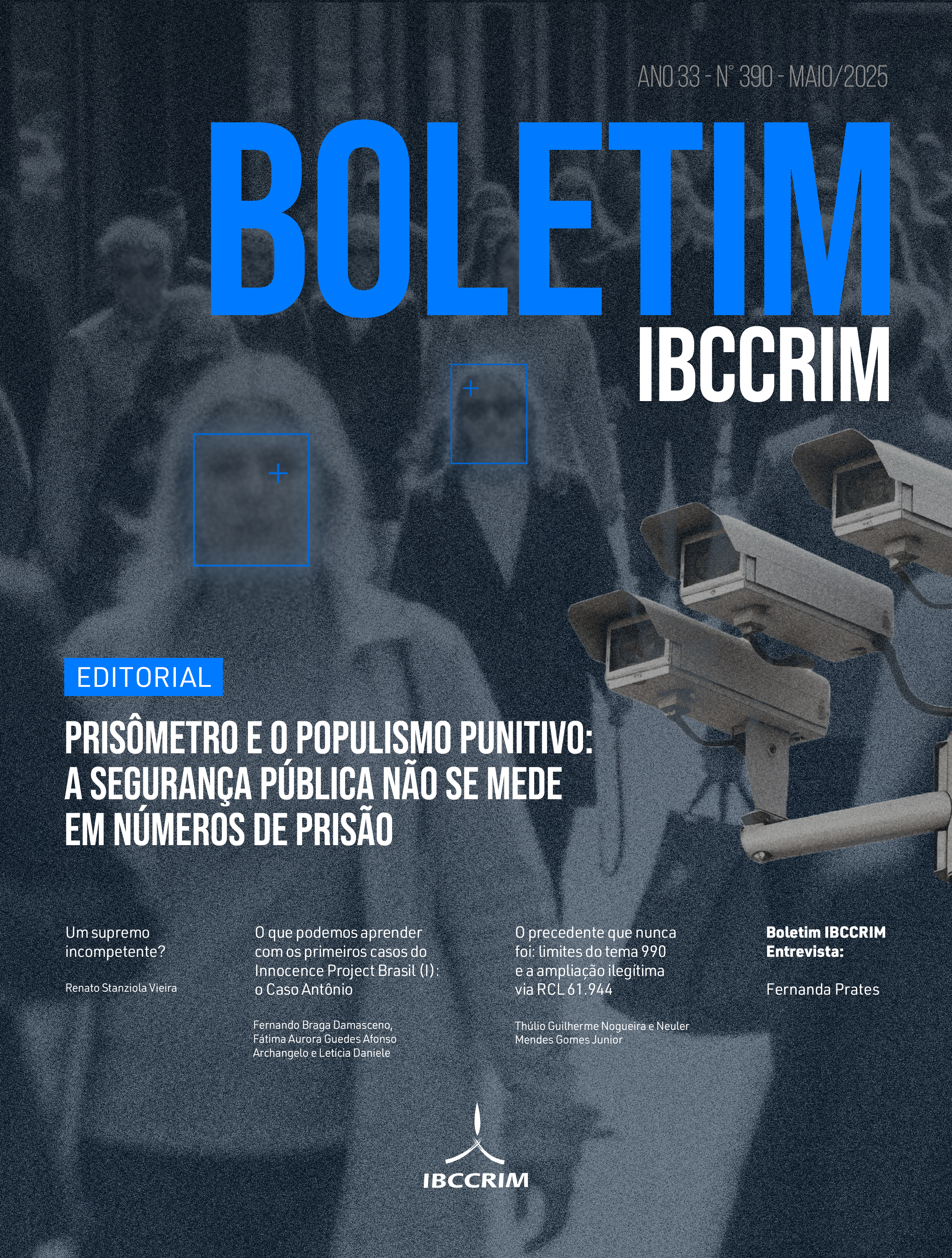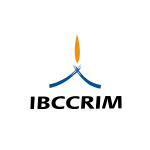Prison Meter and Punitive Populism:
Public Safety Is Not Measured by Incarceration Numbers
Views: 10DOI:
https://doi.org/10.5281/zenodo.15132891Keywords:
Prisômetro, Punitive populism, Facial recognition, Public security, Inclusive policieAbstract
The installation of the "Prisômetro" by São Paulo, which displays in real-time the number of arrests through the Smart Sampa system, reflects a security policy based on punitive populism and the spectacle of repression. This text criticizes the use of this tool, as without transparency or social oversight, it legitimizes a repressive and prejudiced logic. In contrast, it advocates for the adoption of inclusive and preventive public policies, such as integrated security strategies, the urbanization of marginalized areas, the promotion of culture and sports, and the implementation of restorative justice. Security should be measured by indicators of dignity and social justice, not by the number of arrests.
Downloads
Publication Facts
Reviewer profiles N/A
Author statements
- Academic society
- Instituto Brasileiro de Ciências Criminais
- Publisher
- IBCCRIM
References
PREFEITURA MUNICIPAL DE SÃO PAULO. Smart Sampa. Disponível em: https://smartsampa.prefeitura.sp.gov.br/. Acesso em: 4 abr. 2025.
AZEVEDO, Rodrigo Ghiringhelli de; SOARES, Bárbara Ribeiro. As Guardas Municipais e a atuação dos municípios na segurança pública: novas atribuições e responsabilidades do poder local. Fonte Segura, 6 nov. 2024. Disponível em: https://fontesegura.forumseguranca.org.br/as-guardas-municipais-e-a-atuacao-dos-municipios-na-seguranca-publica-novas-atribuicoes-e-responsabilidades-do-poder-local/. Acesso em: 4 abr. 2025.
BONNER, Michelle. O que é o populismo punitivista? Uma tipologia baseada na comunicação midiática. Matrizes, v. 15, n. 1, p. 77-102, 2021. Disponível em: https://www.redalyc.org/journal/1430/143067575007/html/. Acesso em: 4 abr. 2025.
Downloads
Published
How to Cite
Issue
Section
License
Copyright (c) 2025 Instituto Brasileiro de Ciências Criminais

This work is licensed under a Creative Commons Attribution-NonCommercial 4.0 International License.
Copyright of published articles belongs to the author, but with journal rights over the first publication and respecting the one-year exclusivity period. Authors may only use the same results in other publications by clearly indicating this journal as the medium of the original publication. If there is no such indication, it will be considered a situation of self-plagiarism.
Therefore, the reproduction, total or partial, of the articles published here is subject to the express mention of the origin of its publication in this journal, citing the volume and number of this publication. For legal purposes, the source of the original publication must be consigned, in addition to the DOI link for cross-reference (if any).


 Português (Brasil)
Português (Brasil)
 English
English
 Español (España)
Español (España)










